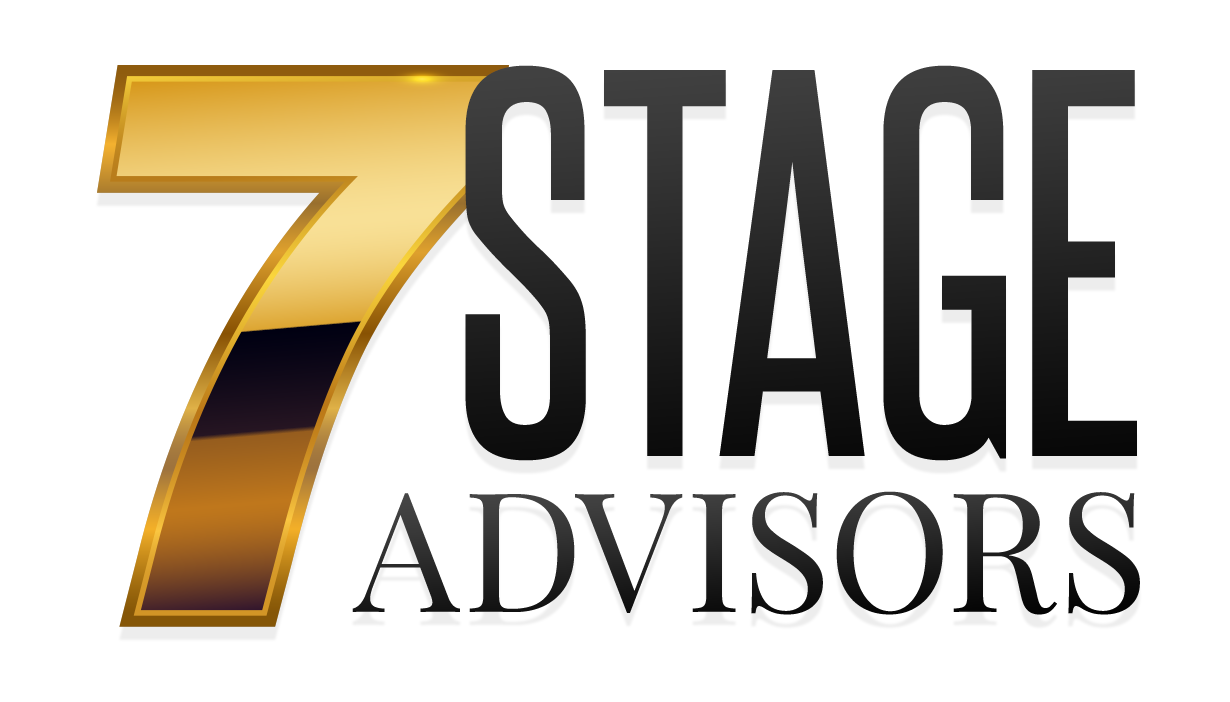A company’s assets can be sorted into two buckets: tangible and intangible assets. Tangible assets are things the firm can buy or sell, such as inventory, real estate, equipment, machinery, offices, or company vehicles. Most business owners are pretty comfortable inventorying and appraising tangible assets.
But do you know how to measure the value of your intangible assets: your staff. Are you getting the most out of your employees? Are they as valuable as they should be? How do you know who to hire, which positions to create, and whether a job candidate is the best fit with your firm?
Start By Establishing Measurements for Positions, Not People
Instead of starting with employee traits for an evaluation, start by mapping out the parameters of that position. What should anyone in that job accomplish? Why does the role exist? What purpose does it serve? What personality traits should anyone in the post have? Establishing benchmarks for each job allows you to assign performance standards, desired personality attributes, and expected contributions.
Each Position is Assigned a Personality and a Prototype
Some business owners are uncomfortable assigning an ideal personality for a job. But when you take the current employee out of the equation, you can start thinking about traits that suit the position and match the business culture. For example, should a CMO be outgoing, creative, and enthusiastic in your firm? Does your organization need a meticulous, team-oriented, and predictable COO?
Once you put a personality in place for the position, you add a list of essential functions of the role to round out the prototype. For instance, in some companies, a CMO manages communications, creates sales materials, and handles PR. In another firm, the CMO may also oversee sales. Each company is different.
With position benchmarks in place, evaluating an employee’s or prospects’ suitability becomes much more manageable. If they match the job’s benchmarks well, it will be easier for them to meet your company’s expectations. Therefore, they will probably be more effective, experience success, and consequently show more loyalty. Matching people to benchmarks is a win-win.
The Role of Company Culture
The personalities and prototypes for a job can vary significantly among companies. Don’t assume that all positions look the same in all organizations. The change among industries is significant, so the needs of positions will vary quite a bit. Additionally, company culture plays an important role.
For example, suppose your company culture is innovative, creative, and brash. In that case, you may want an extroverted, big-idea CMO comfortable taking big swings and making a splash with the public.
Conversely, another company may be conservative and research-driven. They may need a CMO with focus and a professional, restrained manner.
Looking at these two examples, it becomes easy to see that companies A and B need two different types of CMOs. Can you imagine how unhappy the high-flying creative would be working for company B? And how frustrated company A would be if they hired a restrained introvert?
Benchmarking Needs Change Based on a Company’s Growth Cycle
In the startup phase, companies operate differently. They must be nimble, run lean, and change quickly to meet market needs. But established businesses should be focused on creating order, systems, and processes that allow them to scale up.
That’s why it’s wise to revisit benchmarked job descriptions as a firm grows. For instance, independent workaholics are invaluable initially but can get in the way once systems are in place. Process-driven staffs are excellent for a large organization but can be ineffective in the launch phase.
Benchmarking is the First Step to Increased Productivity
Benchmarking is not an exact science. Assumptions are made based on your circumstances. But it is an effective way to begin inventorying and leveraging your company’s intangible assets. Creating benchmarks for each position makes it much easier to identify and find people who can achieve their full potential within your organization. You start to hire better “fits” with your culture and requirements. You’ll also identify existing employees who may not fit into the company structure.
If you can find the right person to do the right job, you’ll be happier, they’ll be more productive, and your company will grow faster.

